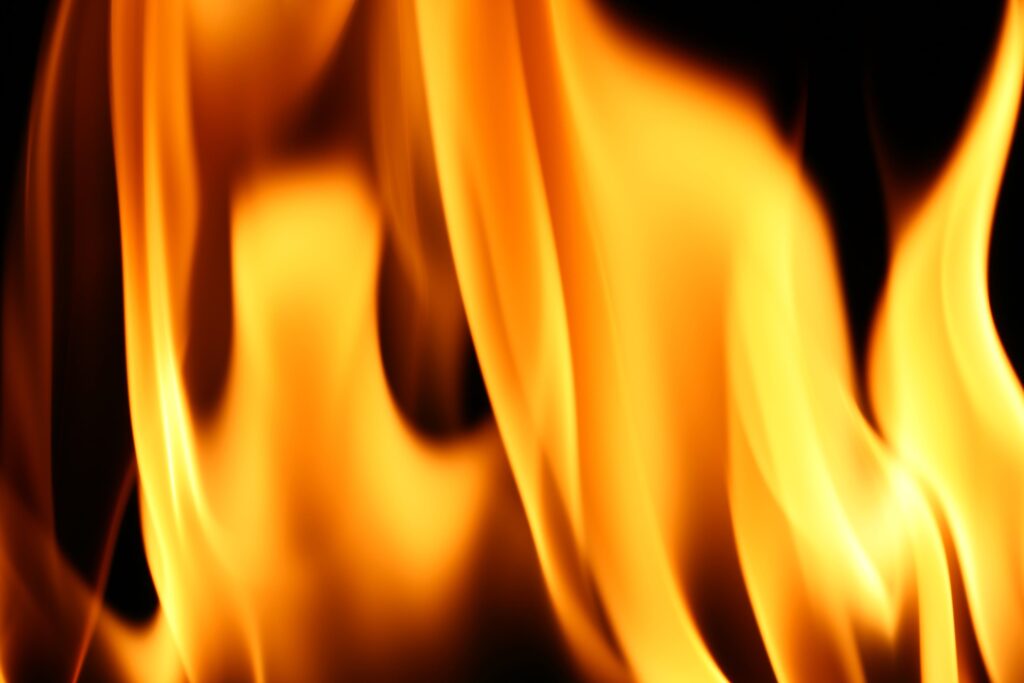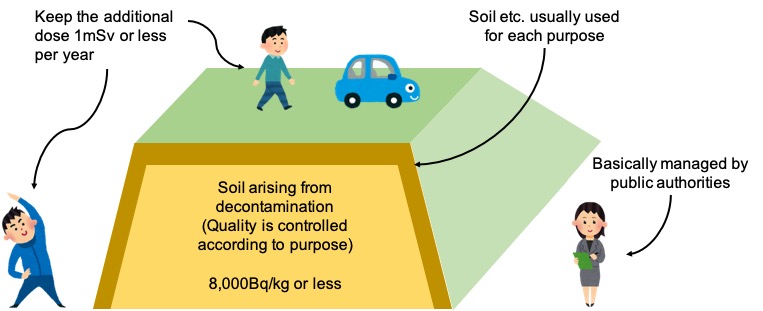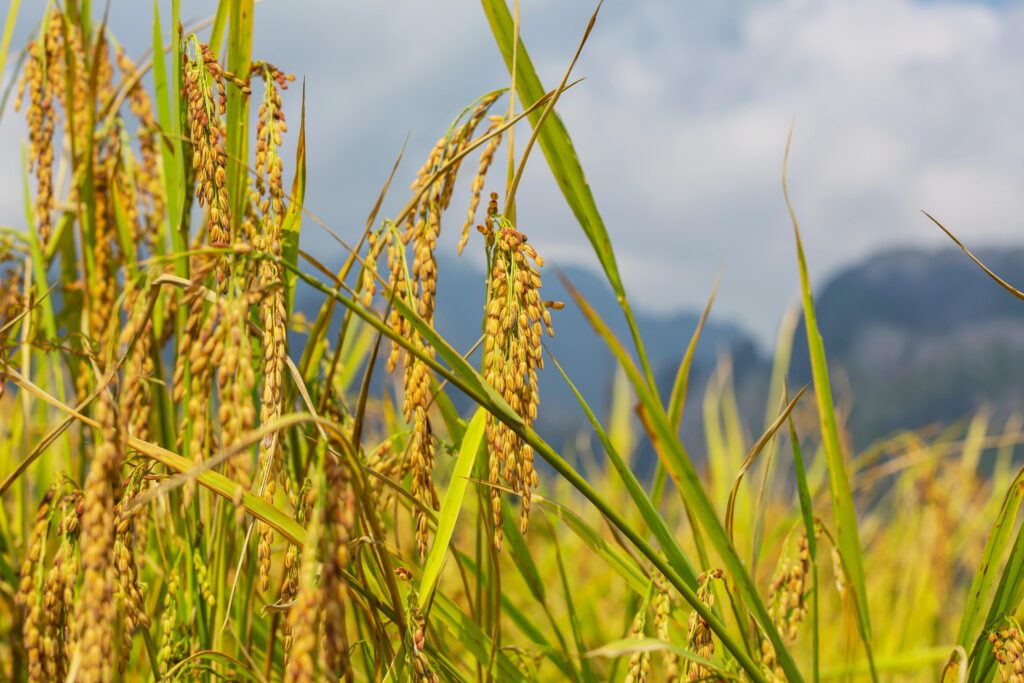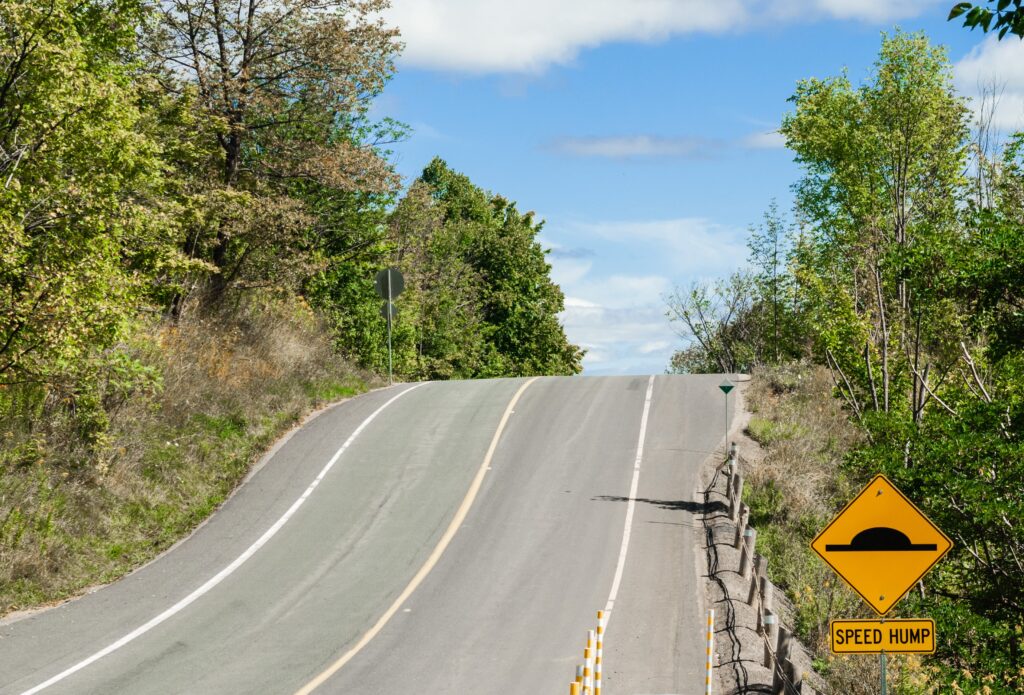Hello, everyone. My name is Daichi, an expert providing the information about the radiation issues in an easy-to-understand manner.
With regard to the volume reduction and recycling of removed soil arising from decontamination activities, first of all, in this article, its current situation as well as background for promotion of these measures were elaborated.
That article covered the facts, that the amount of soil arising from decontamination was so large, and also that three-quarters of the soil is regarded as recyclable, under some certain conditions.
This article will cover specific approach and methods for the volume reduction and recycling, especially from technological perspective.
In other words, this article will respond to the following questions:
– How are the volume reduction of removed soil arising from decontamination specifically promoted?
– How are the recycling of removed soil arising from decontamination specifically promoted?
Table of contents of this article
- (Specific measures are elaborated) Volume reduction and recycling of removed soil (Vol. 2)
- Specific approach for volume reduction of removed soil
- Classification
- Burning
- Specific approach for recycling of removed soil
- Embankment for farmland development
- Road embankment
- Summary
I have been involved with the radiation-relevant issues, like the policy on the decontamination activities and the management of the Interim Storage Facility, after the accident of the Fukushima Daiichi Nuclear Power Plant in 2011.
I received a doctorate in the field of radiation, while working in Fukushima.
(Specific measures are elaborated) Volume reduction and recycling of removed soil (Vol. 2)
Previously, in this article, current situation of treatment of removed soil and waste, as well as background for the efforts of volume reduction and recycling were elaborated.
In the following sections, specific approach for the volume reduction and recycling will be explained individually, although they are still in the demonstrative stages.
Specific approach for volume reduction of removed soil
‘Volume reduction’ means, as the phrase itself says, to reduce volume of the removed soil and waste.
As a result of decontamination, burnable waste is generated, like twigs, branches and leaves, and they are basically incinerated in incineration facilities to reduce its volume, and resulting ash is transported to the Interim Storage Facility for its storage (or sometimes it is incinerated in the incineration facilities constructed in the premise of the Interim Storage Facility).
On the other hand, as explained in this article, with regard to the removed soil, which occupies most of the stuff arising from decontamination activities, volume reduction is expected to some extent, by incineration of organic matters contained in the removed soil, but a great deal of volume reduction can’t be expected.
That’s why the volume reduction other than incineration, specifically ‘concentration’ is under consideration, by implementing demonstration projects.
Classification

Of the methods for ‘concentration’, I think that the classification is regarded as the most promising approach.
This method takes advantage of a characteristic, that radioactive caesium is likely to be attached to particles with relatively small diameter, like clay minerals.
In other words, this is an approach to efficiently collect radioactive caesium with a small volume of soil, by collecting only small size soil, or by separating removed large size soil from that of small size, through sieving process.
Burning

Another approach for the concentration, which is under consideration, is burning.
This is technology to vapor and collect radioactive cesium, bound to soil particles, by changing crystal structure of soil, by adding additive and heating soil arising from decontamination, under the environment of high temperature of more than 1,000℃.
In contrast with to the aforementioned ‘classification’, which physically separates radioactive cesium, ‘burning’ separates radioactive cesium chemically, under high temperature environment.
However, both technologies need large-scale facilities as well as a lot of energy, and concentration leads to less volume and easier management, but it needs to be noted, that it makes necessity to manage waste with higher radioactivity concentration.
There are technologies under consideration, but here only the two above-mentioned representative technologies are introduced.
For more detailed information, please visit this website of the Working Group for consideration of technologies for volume reduction removed soil in the Interim Storage Facility (in Japanese).
Specific approach for recycling of removed soil

The approach for the recycling is simply depicted in the above figure.
Quality of the removed soil with radioactivity concentration of 8,000Bq/kg or less is controlled, according to its purpose, followed by cover with soil based on its each application, in terms of radiation protection and prevention of runoff of soil, and upper part of the construction is utilized.
The radioactivity concentration of the ‘8,000Bq/kg or less’ was derived, in order for additional dose to workers on the construction of the recycling, and also to people around the site, not to exceed 1mSv/y.
And it is assumed, that the construction will be basically managed by public authorities, by which long-term and stable management are expected.
Based on the basic perspective, the recycling of removed soil has been promoted, but it is still on the demonstrative step, so the demonstration projects will be introduced in the following parts.
Embankment for farmland development

In Nagadoro District, Iitate Village in northern part of Fukushima Prefecture, a demonstration project has been implemented, to cultivate paddies, by using the removed soil with radioactivity concentration of 5,000Bq/kg or less, after necessary treatment, as a basis of farmland covered with soil which is usually used for rice cultivation.
It is reported that radioactivity concentration of cultivated foods is well below 100Bq/kg, the criterion for distribution into the market, and that no big changes have not been observed for surrounding environment.
For more detailed information, please visit this website (in Japanese).
Road embankment

Another one is a demonstration project for road embankment, implemented in the premise of the Interim Storage Facility.
Here the removed soil is used in the center of the road called ‘road body’, and both sides are covered with soil, which is usually used for road construction.
For the top of the road called ‘roadbed’, the embankment is also covered with soil and other materials, which are also used for usual road construction.
And as is the case with actual roads, a driveway and a sidewalk are constructed, and by actually letting vehicles drive on the top of the embankment, to review its safety as a construction.
So far it has been confirmed that additional dose to workers on-site is 1mSv or less, and also that no changes for air dose rate at boundary of the construction site have been observed, when comparing before and after the construction of the embankment.
Necessary monitoring is supposed to be continuously implemented.
For more detailed information, please visit this website (in Japanese).
Summary
With regard to the volume reduction and recycling of removed soil arising from decontamination activities, this article individually explained in detail specific approaches and methods, for development of basic technology development and demonstration projects.
Next article will cover efforts for building understanding for the volume reduction and recycling of removed soil, as well as future policy for their promotion.
By the way, above-mentioned contents are summarized in the following videos.
– Japanese version
– English version
You can read the same article in Japanese here.
Thank you very much for reading this article.
See you next time!



コメント